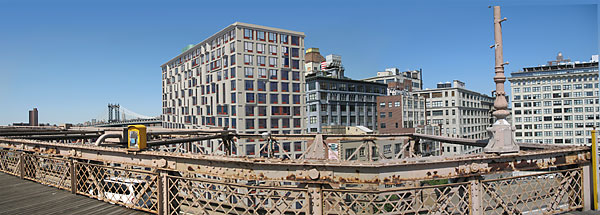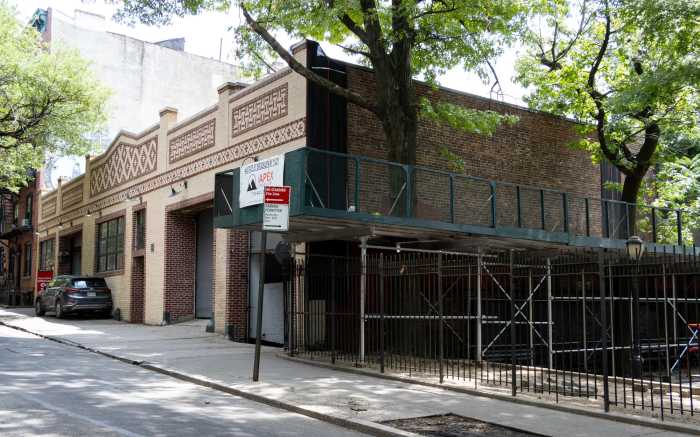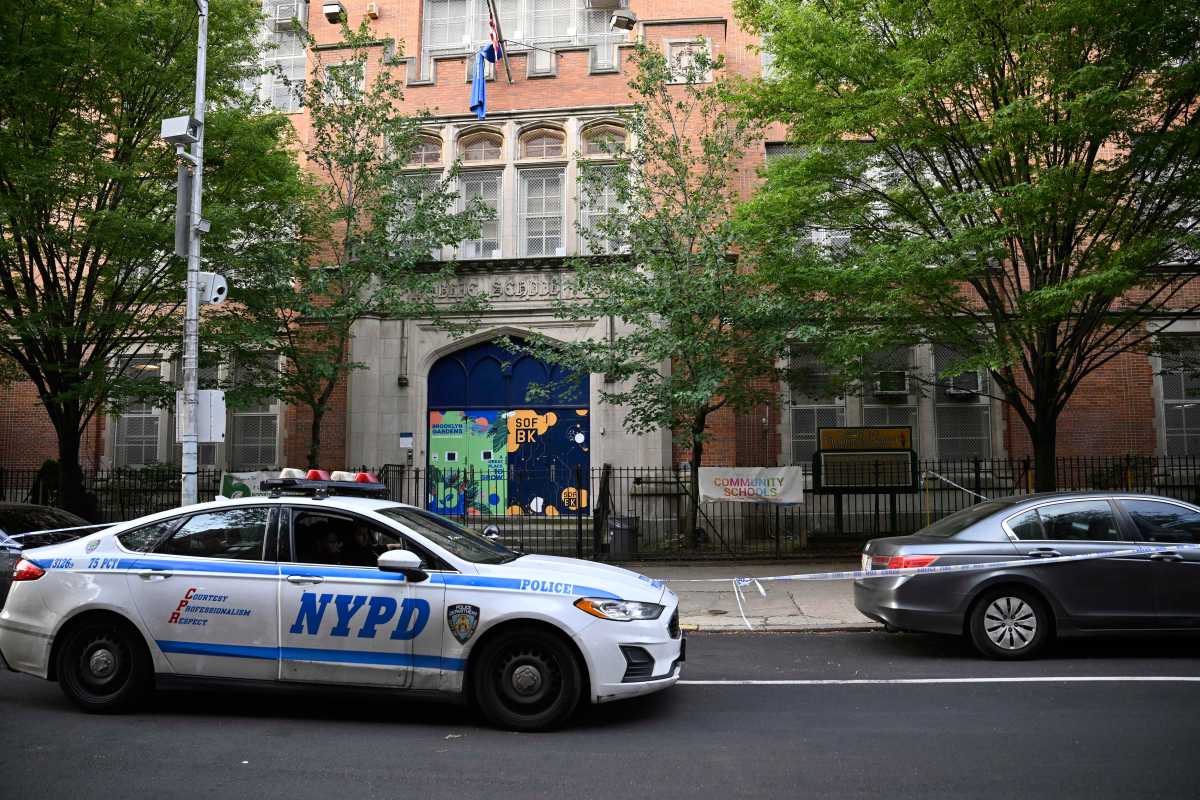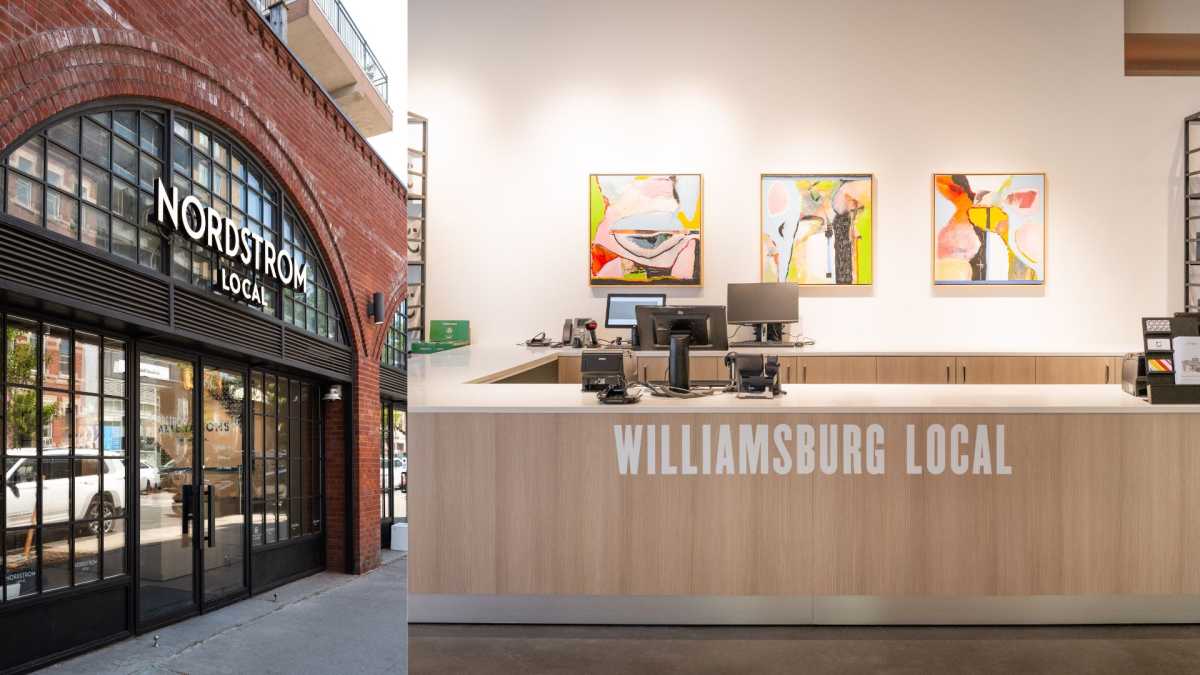David Walentas, who almost single-handedly converted a waterfront warehouse district beneath the Manhattan and Brooklyn bridges into a thriving neighborhood of art studios, craftspeople, Mom-and-Pop stores and residents, wants to continue the momentum by building a 325-unit residential building on empty land along Dock Street in DUMBO.
The project is under intense fire from Councilman David Yassky and a community group from outside the neighborhood because the structure includes an 18-story wing that the opponents say will block views of the iconic Brooklyn Bridge.
These critics are wrong.
In 2004, Walentas proposed a much-different project on the same site, a building whose bulk was positioned right alongside the bridge and would indeed have diminished many views of the span.
But the current version of the project has not only solved that problem, but added in new public benefits that make it worthy of city approval.
For one thing, Walentas has promised to set aside space in the new building for a public middle school — a commitment that would save the city close to $50 million in school construction costs (and an unquantifiable amount of construction headaches).
In addition, the project now earmarks 65 units at below-market-rate prices, a bid to add some diversity to the increasingly homogeneous DUMBO community.
And Walentas has vowed that the new building would be a “green” one certified by Leadership in Energy and Environmental Design, a respected environmental group.
As a result, the new Dock Street project is a victory for the DUMBO community.
It is also an important win for a much broader community: all New Yorkers who rely on strong public oversight of the development process to ensure that their neighborhoods don’t become blank canvases for builders whose only goal is profits.
Walentas needs a zoning change to make his Dock Street dream a reality.
That requirement allowed community leaders and elected officials to pick apart the original project, a process that revealed its flaws and prevented it from being built.
Such public review was entirely lacking at Bruce Ratner’s Atlantic Yards, where a cursory environmental impact review found serious flaws, yet because no approval was needed by a local agency or elected official, the flaws were never corrected.
On Dock Street, however, the system worked: A flawed project was rejected, and the developer went back to the drawing board and returned with a better design that includes substantial public benefits.
That’s why Walentas’s Dock Street project has our support.






















